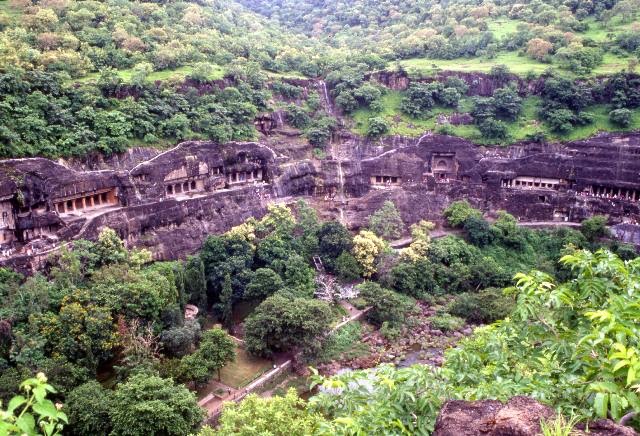1. "CASABLANCA" (1942)

Ilsa: But what about us?
Rick: We'll always have Paris. We didn't have, we, we lost it until you came to Casablanca. We got it back last night.
Ilsa: When I said I would never leave you.
Rick: And you never will. But I've got a job to do, too. Where I'm going, you can't follow. What I've got to do, you can't be any part of. Ilsa, I'm no good at being noble, but it doesn't take much to see that the problems of three little people don't amount to a hill of beans in this crazy world. Someday you'll understand that.
[Ilsa lowers her head and begins to cry]
Rick: Now, now...
[Rick gently places his hand under her chin and raises it so their eyes meet]
Rick: Here's looking at you kid.
2. "DIRTY DANCING" (1987)
“Me? I’m scared of everything. I’m scared of what I saw, I’m scared of what I did, of who I am, and most of all I’m scared of walking out of this room and never feeling the rest of my whole life the way I feel when I’m with you.”
Baby (Jennifer Grey) to Johnny (Patrick Swayze).
3. "LOVE ACTUALLY" (2003)
“But for now, let me say — without hope or agenda, just because it’s Christmas and at Christmas you tell the truth — to me, you are perfect. And my wasted heart will love you. Until you look like this [picture of a mummy]. Merry Christmas.”
Mark (Andrew Lincoln) to Juliet (Keira Knightley)
4. "NOTTING HILL" (1999)
“Don’t forget I’m just a girl, standing in front of a boy, asking him to love her.”
Anna (Julia Roberts) to William (Hugh Grant)
5. "TITANIC" (1997)
“Winning that ticket, Rose, was the best thing that ever happened to me… it brought me to you … You must do me this honor, Rose. Promise me you’ll survive. That you won’t give up, no matter what happens, no matter how hopeless. Promise me now, Rose, and never let go of that promise.”
Jack (Leonardo DiCaprio) to Rose (Kate Winslet)
6. "GONE WITH THE WIND" (1939)
“No, I don’t think I will kiss you, although you need kissing, badly. That’s what’s wrong with you. You should be kissed and often, and by someone who knows how.”
Rhett (Clark Gable) to Scarlett (Vivien Leigh)
7. "WHEN HARRY MET SALLY" (1989)
“I love that you get cold when it’s 71 degrees out. I love that it takes you an hour and a half to order a sandwich. I love that you get a little crinkle in your nose when you’re looking at me like I’m nuts. I love that after I spend day with you, I can still smell your perfume on my clothes. And I love that you are the last person I want to talk to before I go to sleep at night. And it’s not because I’m lonely, and it’s not because it’s New Year’s Eve. I came here tonight because when you realize you want to spend the rest of your life with somebody, you want the rest of your life to start as soon as possible.”
Harry (Billy Crystal) to Sally (Meg Ryan)
8. "City Of Angels" (1998)
"I would rather have had one breath of her hair, one kiss of her mouth, one touch of her hand, than eternity without it."
Seth (Nicolas Cage) for Maggie (Meg Ryan)
9. Jerry Maguire (1996)
Jerry Maguire: [babbling and struggling] I love you. You... you complete me. And I just...
Dorothy: Shut up,
[pause]
Dorothy: just shut up.
[Pause]
Dorothy: You had me at "hello". You had me at "hello".
10. Brokeback Mountain (2005)
"I wish I knew how to quit you."
Jack Twist (Jake Gyllenhaal) to Ennis Del Mar (Heath Ledger)
If you liked the post please comment and share.











































.jpg)




